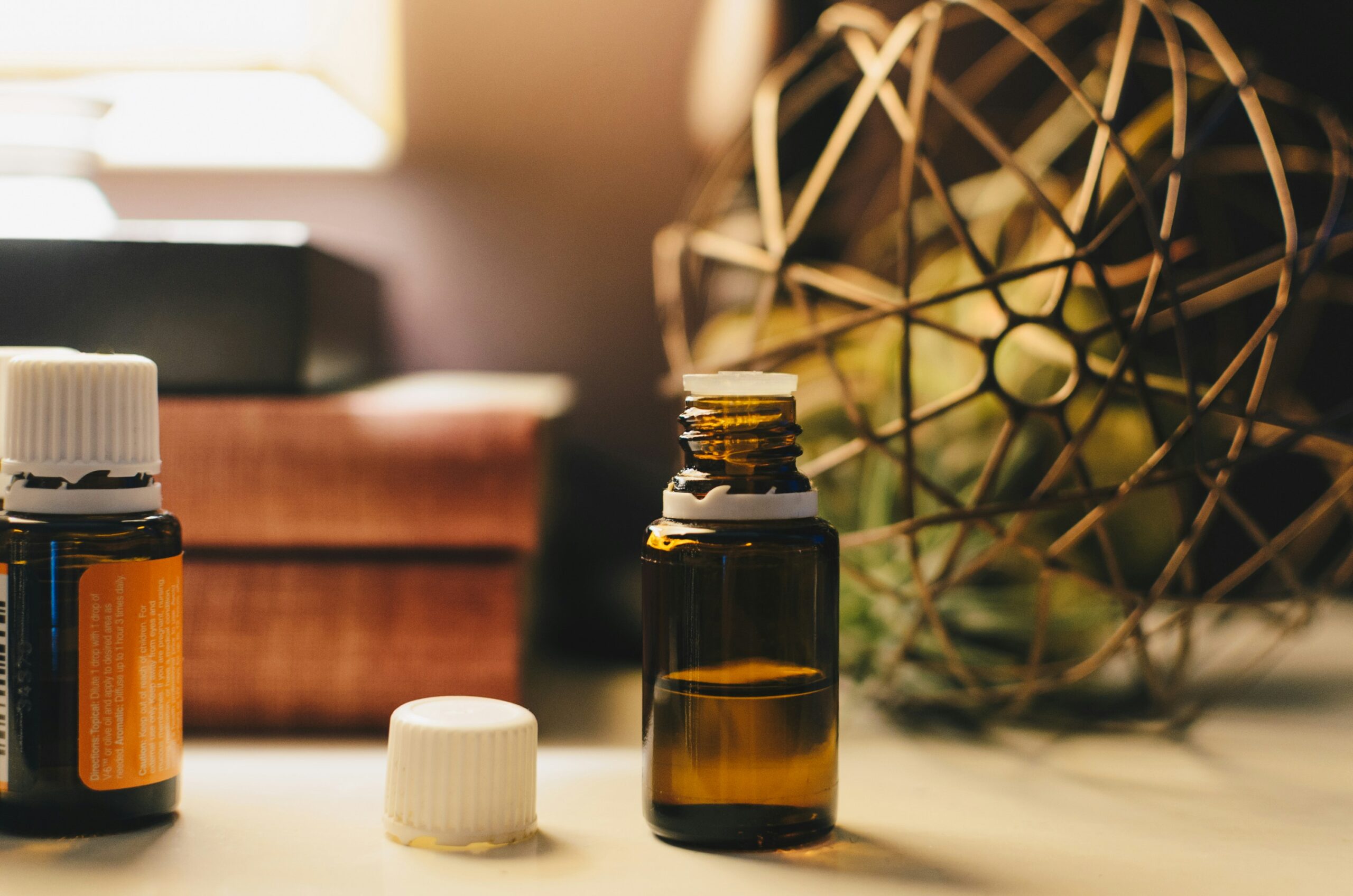
When disasters strike, or environmental threats appear, remediation services step in as a vital force in restoring balance to affected areas. From homes ravaged by floods to property recovery contaminated by hazardous materials, remediation plays a crucial role in safeguarding health, preserving the environment, and bringing properties back to their optimal condition. In many cases, these services are not just about fixing what is broken but preventing further damage, mitigating health risks, and ensuring long-term safety for those affected.
Understanding the Scope of Remediation Services
The specific services provided vary depending on the nature of the damage. For instance, mold remediation focuses on identifying and eliminating harmful mold growth, while water damage remediation targets the elimination of moisture and the restoration of structural integrity. Fire damage remediation works to clean up soot and smoke and repair structural damage caused by fire. Each type of remediation requires unique expertise and equipment tailored to meet the needs of the particular situation.
Health and Safety Benefits of Professional Remediation
Mold, for example, is a common issue in homes that have suffered water damage. Mold spores can cause respiratory problems, allergic reactions, and even more severe conditions for individuals with compromised immune systems. Professional remediation services use specialized techniques and cleaning agents to not only remove visible mold but also treat the underlying moisture problem to prevent recurrence.
Asbestos and lead, both common in older buildings, can pose serious health risks if they are disturbed and inhaled. Asbestos, when broken into fibers, can cause lung diseases such as asbestosis and cancer. Lead exposure, especially in children, can lead to developmental delays and other severe health problems. In both cases, professional remediation teams have the knowledge and safety equipment to remove these materials without endangering the building’s occupants.
Water Damage: A Hidden Threat
Water damage is one of the most common types of property recovery and, if left untreated, can result in significant long-term consequences. Whether caused by a burst pipe, a leaky roof, or a natural disaster, water infiltration into a building’s structure can lead to weakened foundations, warped floors, and compromised ceilings. Furthermore, if water is allowed to stagnate, it provides an ideal environment for mold growth, creating an additional hazard.
Professional water damage remediation involves much more than drying out affected areas. It includes a thorough assessment of the damage, removal of any standing water, and dehumidification of the space to prevent mold growth. Additionally, remediation experts use specialized equipment to identify hidden moisture behind walls or under floors, ensuring that all areas are dried correctly in order to avoid future complications.
Environmental Remediation: Healing the Land and Water
Remediation services extend beyond residential and commercial properties to include environmental remediation efforts. Contaminated soil, water, and air can have devastating effects on local ecosystems and human health. Whether the contamination is due to industrial activities, chemical spills, or waste disposal practices, environmental remediation services are essential in cleaning up these sites and restoring balance.
For example, industrial sites contaminated by hazardous chemicals may require the removal of toxic soil or the installation of filtration systems to clean contaminated groundwater. Remediation teams may use methods such as excavation, bioremediation (using natural processes to break down pollutants), or chemical treatments to neutralize contaminants and restore the environment.
Innovative Techniques in Remediation Services
As technology continues to advance, so does the field of remediation. Modern remediation services now utilize cutting-edge tools and techniques that make the process more efficient, effective, and environmentally friendly. Infrared cameras, for example, allow professionals to detect hidden mold and moisture behind walls, while specialized air filtration systems remove contaminants from the air during mold and fire damage remediation.
Eco-friendly cleaning agents are also becoming increasingly common in the remediation industry. These non-toxic solutions are safe for both people and the environment while still being highly effective in removing contaminants. Additionally, some remediation companies now use green practices, such as recycling materials and using sustainable disposal methods, to minimize the environmental impact of their work.
The Long-Term Value of Remediation Services
Investing in professional remediation services offers long-term value far beyond the immediate cleanup. Not only does it prevent further damage to the property recovery and mitigate health risks, but it can also increase the property’s overall value. Homes and commercial buildings that have undergone thorough remediation are more attractive to potential buyers or tenants because they offer a safer, cleaner environment.
The Necessity of Remediation Services
The power of remediation services lies in their ability to restore safety, health, and environmental balance. Whether responding to a natural disaster or dealing with the aftermath of industrial contamination, these services are crucial in maintaining the integrity of our homes, workplaces, and the broader environment. By employing trained professionals with the right expertise and technology, remediation services help mitigate risks, prevent future damage, and ensure a better future for all. Investing in these services is not only about cleaning up the mess—it’s about creating a safer, healthier, and more sustainable world for generations to come.